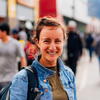How to Choose Destinations for Remote Work and Travel (What to Consider)

A lot went into my decisions of where I should work remotely and travel as a digital nomad. In this list, see which factors were most important to me, and why.
This article may contain affiliate links. We earn a small commissions when you purchase via those links — and it's free for you. It's only us (Becca & Dan) working on this website, so we value your support! Read our privacy policy and learn more about us.
Table of contents
- See where you have a network (knowing people)
- Safety
- WiFi speeds
- Cost of travel and cost of living
- Level of “fun”
- Access to airports and transport
- Availability of English (or lack thereof)
- Climate
- Attractiveness to visitors
- Access to day trips
- Availability of coworking spaces
- Join a remote work and travel program
When Dan and I left our full-time jobs to work remotely and travel, we had the world at our fingertips.
I remember saying that I hoped we’d wind up in Asia. I also hoped we could visit Eastern Europe. What about Latin America? I was nervous, but really excited.
For our open-ended long-term digital nomad trip, we picked some of our destinations based on curiosity and desires, and some “workation” destinations based on more logical things like time zones, or the cost of living.
In this guide, see what to consider for how to choose the places where you travel to “work anywhere.”
My note, as you read this guide: rather than picking a “country” for working remotely, this is really a guide to picking a “city,” as countries can be very big with varied cultures, climates and levels of safety in different regions.
See where you have a network (knowing people)
Dan could tell you this, as could any of my friends: I thrive off of knowing people wherever I travel. Even if it’s a quick vacation to a new place for me, I’m down to sort out a friend I haven’t talked to in 20 years, and meet up for dinner.
So when it came time to consider which places to pick for our remote work trip around the world, I was glad to consider places where I knew at least one other person, just in case anything happened. While this wasn’t true for everywhere we went, this is how it worked out:
- In Taipei, we knew that my mom’s cousin’s sister’s husband was in town, should we need anything.
- In Hanoi, we knew that there was currently a Remote Year group in the city, in case we needed support or wanted to hop onto a social activity.
- In Lima, Peru, we had the contact info for my brother-in-law’s brother’s wife’s brother (yup, that is the truth). And we met up with him and his wife for a BBQ the day after we landed!
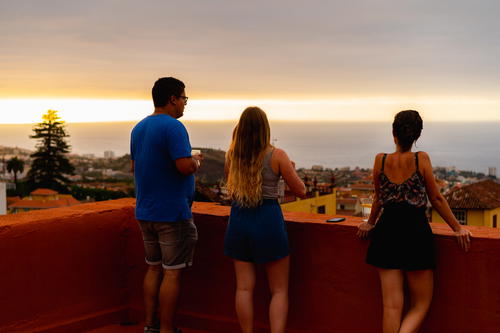
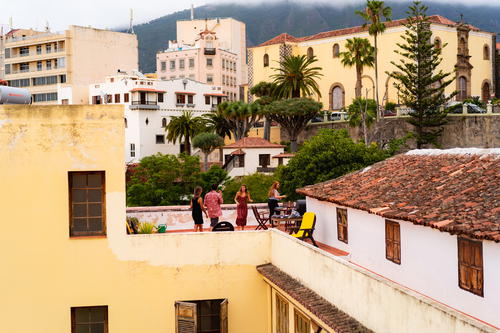
Safety
I’ve traveled in some dodgy scenarios, and it’s nothing I want to experience ever again, especially if I’m choosing somewhere to live longer-term. I think the worst “safety” experiences I’ve had was seeing my friends get pickpocketed in Nicaragua, and being scammed on the beach in Cartagena, Colombia.
Of course, even with these bouts of annoyances, I turned out fine, and I’d go back to these places because not everyone you encounter in your travels will be bad.
So, this being said, I take general safety into account when I’m seeking out the next city where I want to work remotely. What’s the best way to do this? I have a few ideas:
- Ask around in your networks if anyone has had experience living in the city you’re considering, and what safety is like
- Check out conversations on Reddit or Quora about safety in that place
- Join Facebook groups for digital nomads in that city and ask any specific questions you have, to get answers from real people living there.

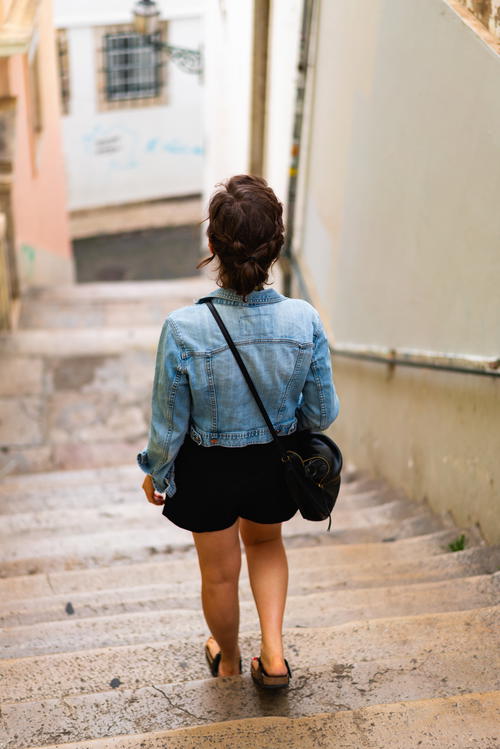
WiFi speeds
Take it from me: I have traveled in some places with the slowest WiFi known to man.
When I worked abroad at my job in Shanghai, China, back in the day, some of the WiFi was so slow that it would take 40 minutes to load a YouTube video. And when I went to Bolivia, some of the WiFi was so bad that I couldn’t even get an email to send from my phone.
These days, things are better all over the world, but there are still WiFi greats, and WiFi not-so-greats. When you’re working remotely, this is almost the #1 thing you need to consider.
For me, I wasn’t too worried. I didn’t plan on trying to experience my geographic arbitrage from beaches, jungles or tops of mountains. I wanted to be in major cities in developing countries, but in countries with solid infrastructures where remote workers were already on the scene.
I had good luck with WiFi in Mexico City, Lisbon, Tallinn and Prague, to name a few.

How to get info on WiFi speeds abroad for working remotely
A website I often use is Nomad List. Put simply, Nomad List works by crowd-sourcing things like WiFi speeds in various cities, and you can take a peek at what to expect, as well as choose your next destination based on Internet speed reviews.
The first time I used Nomad List to check out WiFi speeds around the world, I remember seeing it was pretty abysmal in a lot of India, and as you could guess, pretty awesome in developed places like the US, Canada, Western Europe and parts of South America.
Cost of travel and cost of living
If you’re seeing the trend in the places I’ve chosen to work remotely while I’m traveling, it’s because they’re all budget-friendly! I’ve never chosen to work remotely in Norway, or Singapore. I’ve chosen Vietnam, Mexico, Colombia and Peru for a reason: the cost of living.
The cost of living in a place usually reflects the cost of travel. Travel is expensive in cities like London and Paris, and it’s really affordable in most parts of Latin America, as well as Asia, and Eastern Europe. When I’m choosing a place to go as a digital nomad, the cost of living and how it’ll affect my budget is huge.
See my list of the most affordable travel destinations to get inspired.
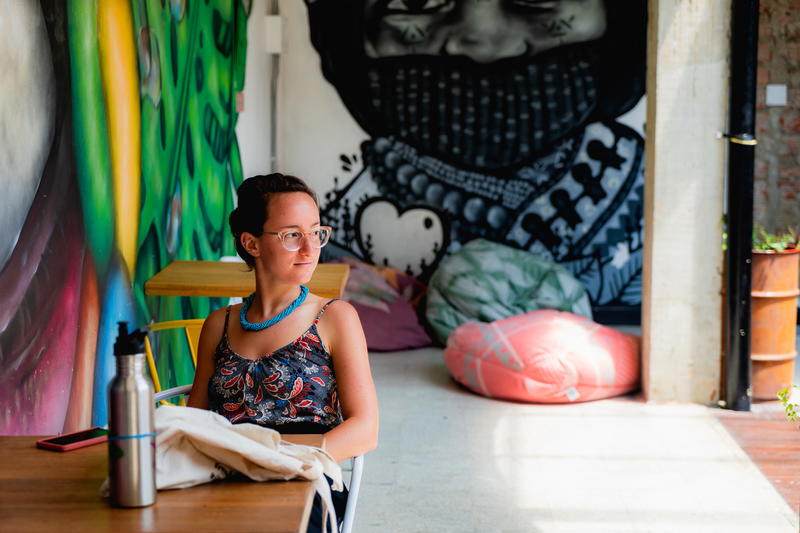
Level of “fun”
This city choice factor is a bit harder to explain, but I will try. In my experience, there are some places that just aren’t so “fun.” Maybe they don’t have a great nightlife scene, or maybe the city is disjointed, such that it’s hard to meet other expats and stay friends.
For me, “fun” in a city where I’m working remotely is like a cool bar street where you can be around lots of young people, accessibility to areas where there are activities, like a central park or a beach, things to do on weekends and ways to enjoy culture.
Some cities just have a tough time offering these things, so they’re a bit less fun. For those super “fun” cities, well: everyone wants to go to them (think of places like Medellin, Mexico City, Buenos Aires, Bangkok, Lisbon, Prague and Chiang Mai).
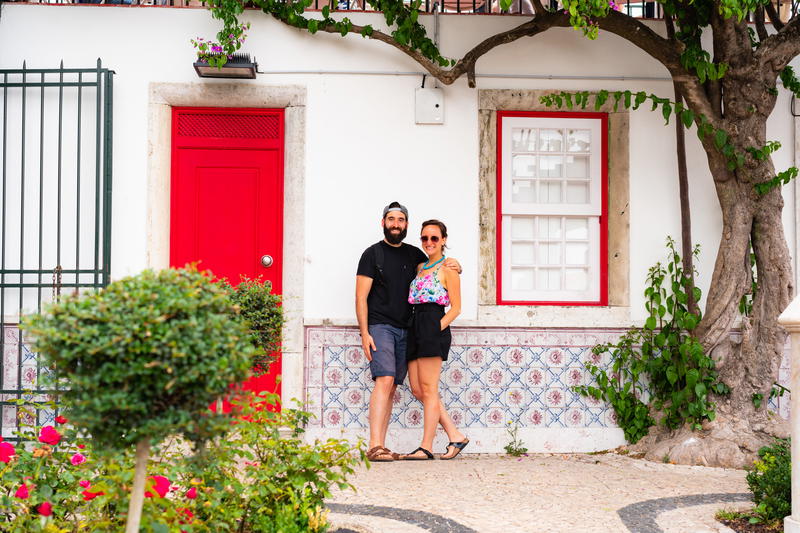
Access to airports and transport
If you think you’ll be frequently jetting back home, or even flying out for some side trips to other nearby countries, consider access to major airports.
When we spent time in Medellin, I had to fly home for my friend’s wedding in New York. Luckily, going back home was both sort of quick, and not hard.
If you want to really get away and live on the other side of the world with your remote job, GO FOR IT! Conversely, if you want to make sure you’re still connected to major ports by air or by train, look for cities with big international airports or big train hubs.
Availability of English (or lack thereof)
The places I’ve been with the least English have been in Asia and in Latin America. I think this is just par for the course: if you want to be in a place that’s very English-friendly, think Western Europe, Scandinavia or even parts of Southeast Asia where many people have learned English because of tourism.
On the other hand, if you want to be forced into learning Spanish, for example, going somewhere to be immersed int eh culture without English as a crutch is a great idea. For me, this has been Peru, Colombia and Mexico.
Climate
A huge consideration for me, in choosing where I wanted to travel while I worked remotely, was a warm climate. And let me be clear: I didn’t want it to be TOO warm, but rather, “just right.”
I wanted to escape the cold of winter to warm places, and I also wanted to travel in cooler destinations in summer.
Having lived in Asia long-term, I’m also familiar with how annoying wet seasons can be. I wanted to avoid typhoon seasons in Asia, and avoid hurricane and rainy season in Latin America. I also wanted nothing to do with being in Europe in the fall or winter, when days are short and temperatures drop.
A few of my favorite climate-perfect “workation” destinations were:
- Tallinn, Estonia, in the middle of the summer (it was in the 60s)
- Taipei, Taiwan, in March (it was in the 60s, but rained a lot, by chance)
- Bogota, Colombia, in November (it’s in the mid-60s all the time)
- Mexico City in December (days in the 70s, nights in the 50s, and very little rain)
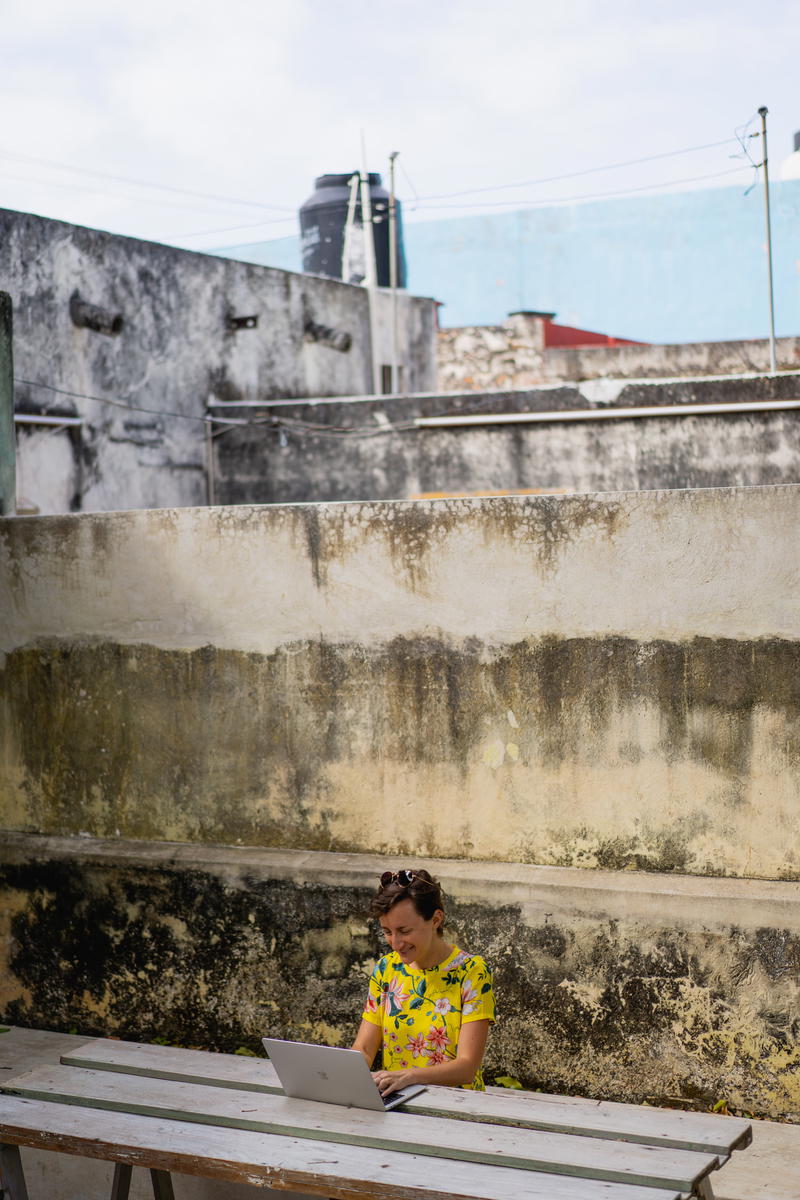
Attractiveness to visitors
Let me explain this one, as I had trouble wording it. When I was living abroad in Shanghai, I had a LOT of very adventurous friends visit me and stay with me for a week. It was so much fun.
While Dan and I did not exactly host visiting friends of ours during our “workation” months, it was because we were usually renting small apartments — even one-room studio apartments — to stay on our minimalist budget. We did have some serendipitous meetups with friends during our travels, and often it was friends of friends who had been introduced to us.
When we were in Hanoi, we were introduced to my friend’s two friends who were backpacking Southeast Asia, and we also grabbed dinner with our friend’s sister, who was studying abroad in Australia and taking a trip to Vietnam. We had these two great experiences because Hanoi is a popular place to visit. Had we been based in a smaller city like Hue, it may have been less probable.
Access to day trips
In my experience, some cities are harder than others for taking day trips or weekend trips. A few favorites of mine have been Medellin, and I’ve listed the best day trips from Medellin to help out some other travelers and nomads.
Unless you’re working all the time, you’ll want to enjoy yourself in your new surroundings, too. I recommend doing research to make sure that the city you’ve chosen to base yourself in has connections to activities in nature and culture when you take time off.
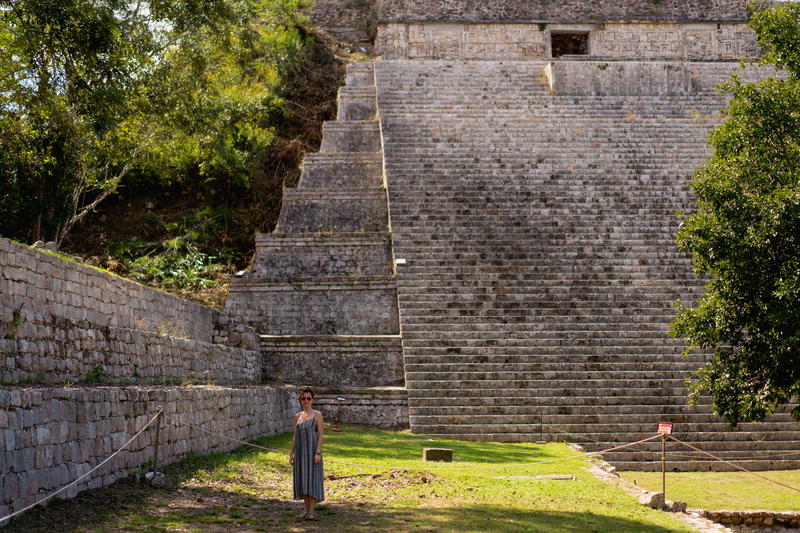
Availability of coworking spaces
We learned the hard way that “just going to coffeeshops” to work for the day isn’t the best way to work. Going to a coworking space will help you sit in an ergonomic chair at hot desk, with access to phone booths, meeting rooms and even the ability to meet other nomads.
It’s one of the criteria in my list of the best cities for working remotely and traveling.
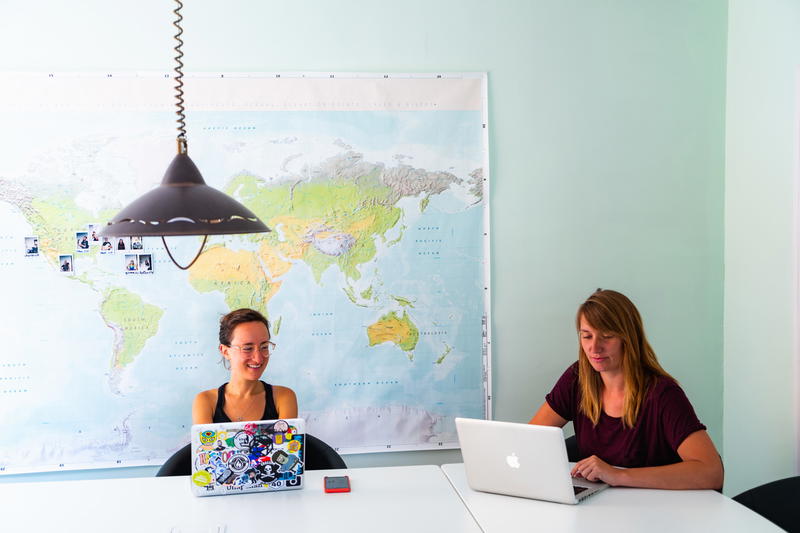
Join a remote work and travel program
If you’re having trouble deciding on a location in which to work remotely, think about joining a remote work and travel program. When we joined a 4-month Remote Year program, the deciding was done for us! The itinerary was Lima, Bogota, Medellin and Mexico City, and we didn’t have to stress out about the deliberating.
There are lots of remote work and travel programs to choose from, and the destinations they offer range from Bali to Kenya. If you’re interested, I’d suggest checking out my list of the best remote work and travel programs, with my and my friends’ personal experiences doing them.
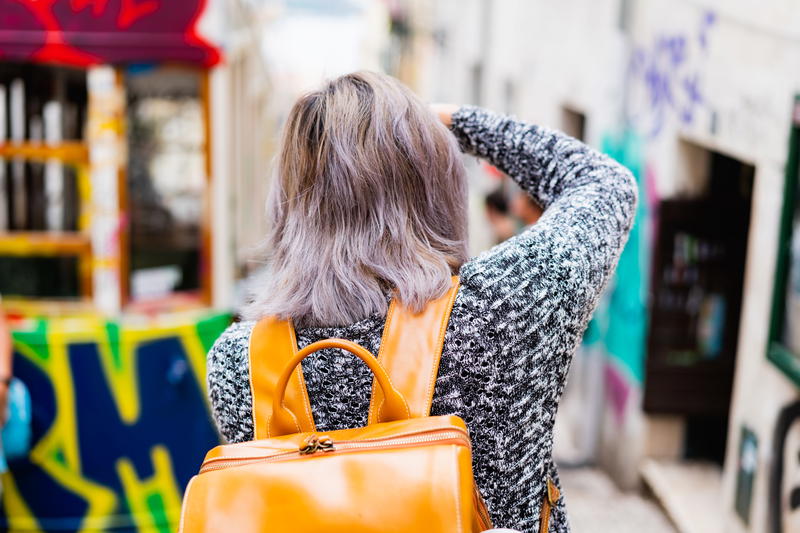
You may also like
-
![Woman typing on the keyboard of a small sized Dell XPS laptop while working from home in a home office]()
Why You Need a VPN for Travel in 2025
Do you need a VPN for traveling? How can a VPN benefit you for working remotely and traveling internationally? Here’s how to determine if you need a VPN for your next trip abroad.
-
![A woman sitting at a table with a laptop in front of a mural.]()
12 Benefits of Coworking Spaces for Remote Workers
What are the advantages for remote workers working in coworking spaces? Are coworking spaces worth it? Find out why we swear by cool places to cowork.
-
![]()
How to Work Best across Multiple Timezones (Tips That Work)
I took on the challenge of working with people in multiple time zones for my job, and learned the tips for overcoming time zone differences. See what worked for me.
-
![A group of people taking pictures on a rooftop.]()
How to Work from Anywhere with Remote Year
What is Remote Year? It's a work and travel program for people who can work remotely and want to travel the world. Find out how to work remotely and travel with a group.
-
![]()
14 Pros and Cons of the Digital Nomad Lifestyle (Work Remotely)
Do the pros of being a digital nomad outweigh the cons? Let’s get into the top benefits and disadvantages of working remotely and traveling, from my experience.
-
![]()
How to Remove Background Noise from a Work Call
How can you block out unwanted noise from meetings and calls when working at home? A solution like Krisp will block out unnecessary noise so that you can eliminate background noise from video calls and meetings.






